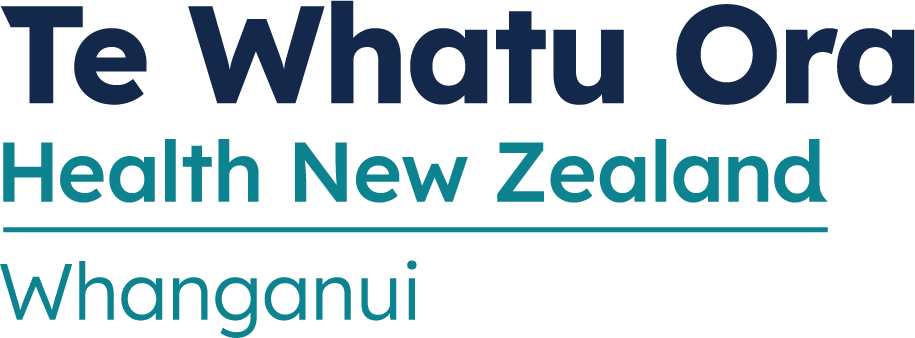
18 April 2019
 ‘Protected together’ is the focus for this year’s national Immunisation Week, from 29 April to 5 May 2019. This theme is being supported by Whanganui District Health Board (WDHB), Whanganui Regional Health Network and general practices, through the encouragement of high immunisation uptake, to protect everyone in our community.
‘Protected together’ is the focus for this year’s national Immunisation Week, from 29 April to 5 May 2019. This theme is being supported by Whanganui District Health Board (WDHB), Whanganui Regional Health Network and general practices, through the encouragement of high immunisation uptake, to protect everyone in our community.
In the Whanganui region, the majority of young children are fully immunised, with 89% percent of children at age 8 months being up to date with their immunisations as at 31 March 2019. Sue Hina, Whanganui Regional Health Network Immunisation Coordinator, says immunisation is the most important way of protecting individuals, whānau and the wider community from many different diseases.
“The national immunisation target is 95%, so we still have some way to go in preventing serious diseases like measles from having an opportunity to spread,” Mrs Hina says. “Disease outbreaks can have significant consequences for families and communities, which is why it’s so important to vaccinate on time.”
Those who are not immunised, whether that’s by choice or other circumstances, are worst affected by these outbreaks. This year has already seen an outbreak of measles in Canterbury, with subsequent cases in other centres, including Auckland and the Bay of Plenty. The last major outbreak in New Zealand was in 1991, which resulted in 7 deaths. This is preventable with childhood immunisations.
Measles is a serious disease, which remains one of the leading causes of death among young children globally, despite the availability of a safe and effective vaccine. The World Health Organization states that approximately 110,000 people around the world died from measles in 2017 – mostly children under the age of five. Increased immunisation rates have had a major impact on reducing measles deaths. During 2000-2017, measles vaccination prevented an estimated 21.1 million deaths, which is an 80% decrease globally.
Immunisation is one of the most successful and cost-effective health interventions, so it’s important your child is up to date; specifically with their 15 month and 4 year vaccination. “If you are not sure, then ask your practice nurse; your child can still catch up and it’s free. Also check with the whole whānau, as everyone needs to have had two doses of the measles vaccination over 12 months of age, if they were born after 1969,” Mrs Hina says.
Winter is coming, so now is the time to get the influenza vaccination. This is available at your general practice and covers the strains that are currently circulating. “While you may think you are okay, four out of five people don’t show any symptoms. So there is still the risk of passing the flu onto your loved ones,” Mrs Hina says. “Immunisation is the best protection against influenza. Even if you still catch the flu after immunisation, your symptoms are less likely to be severe.”
People with long-term health conditions that increase their risk of severe complications from influenza, e.g. heart disease, stroke, diabetes, respiratory disease, kidney disease and most cancers, who are aged 6 months or older; and everyone aged 65 years or older can also have free influenza immunisation. If you don’t meet the criteria you can still get vaccinated at a small cost. “Last year the WDHB region topped the country at 69% for it’s over 65s flu vaccination, so we aim to get to the 75% target,” Mrs Hina says.
If you would like more information talk to your doctor or practice nurse, or contact Sue Hina on (06) 348 0109 extn 723, or phone 0800 IMMUNE, or visit www.immune.org.nz



